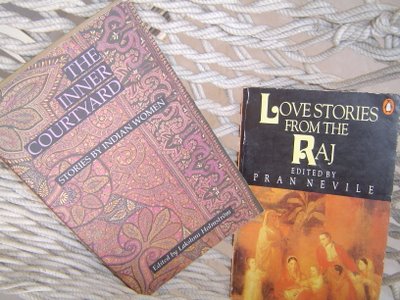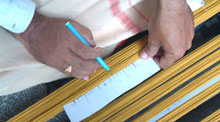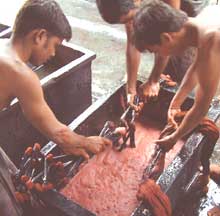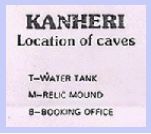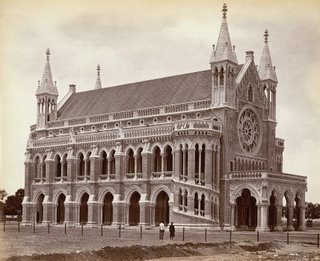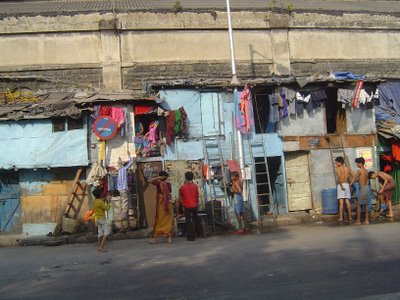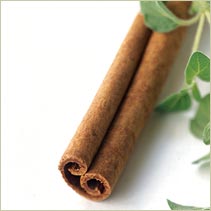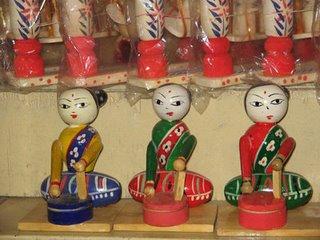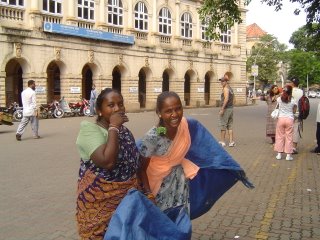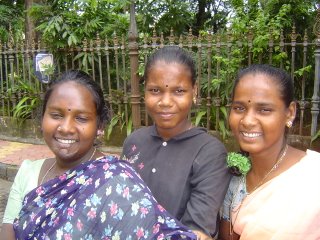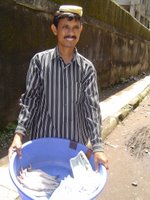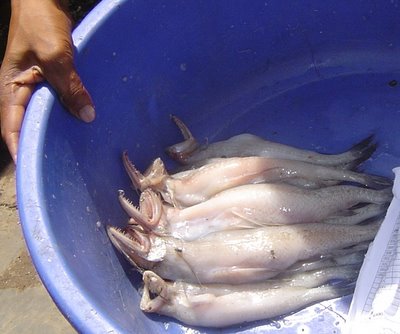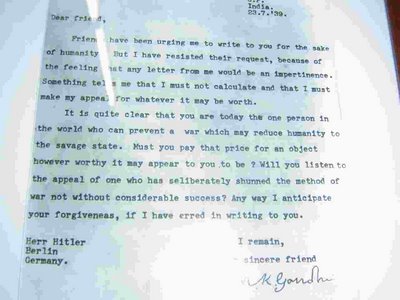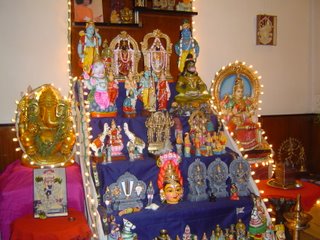 Isn’t he handsome? Meet Aquila heliaca, the Eastern Imperial Eagle. He comes from Europe and the Middle East, and visits India every winter - clearly, this guy likes to travel.
Isn’t he handsome? Meet Aquila heliaca, the Eastern Imperial Eagle. He comes from Europe and the Middle East, and visits India every winter - clearly, this guy likes to travel. If you’re lucky, you can spot him in Mumbai - Sewri Bay is one of the best birding sites along India’s West Coast. Around 150 species of birds winter here, including Mr. GoodLooking above.
Unfortunately for him though, he isn’t the star of Sewri.
What people flock to see in Sewri is Phoenicopterus minor - the Lesser Flamingo. Pink and petite, flamingoes come to Mumbai in huge numbers in November, and stay until March. Why do they like this place so much? It's because of the sheltered nature of the bay, the gentle tides, and the organic richness of the food.

Sewri is also a winter refuge for nearly half a million waterbirds, including sandpipers, plovers, gulls, stints, terns and several globally threatened species such as the Nordmann’s Greenshank, Greater Spotted Eagle, Oriental White-backed Vulture, Long-billed Vulture and of course, the Eastern Imperial Eagle.
If you’d like to visit Sewri, join the BNHS walk on Jan 7.
